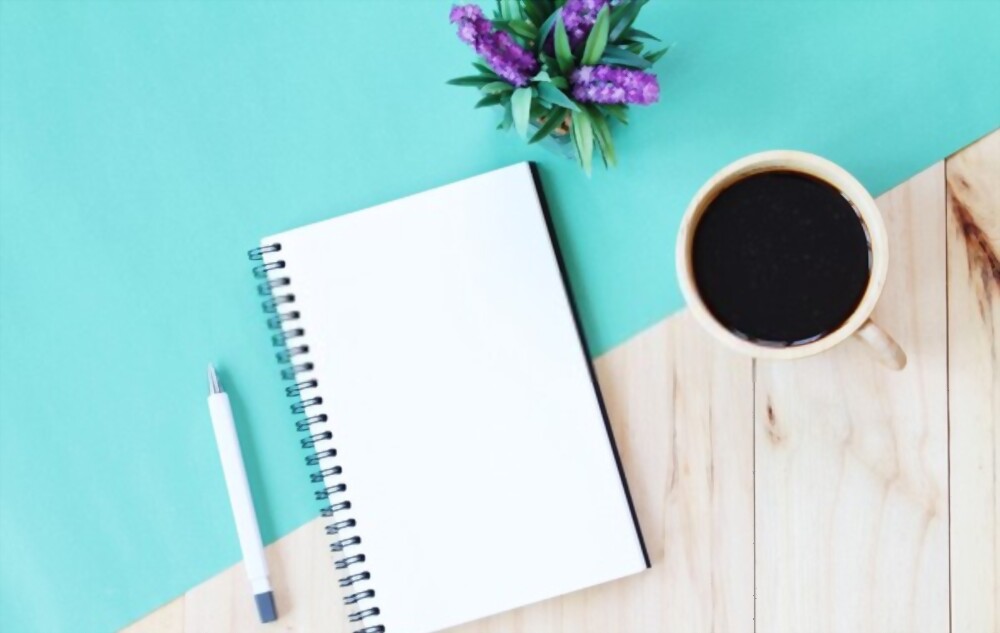A notebook can be an essential item in your EDC scheme of things and helps you jot down any observations that you may find necessary at a given time. Needless to say such an instrument of great purpose needs to be small, provide great value, and be tactical in approach. You do not want to find yourself in an awe inspiring situation without having anything to note down your observations on. Daily news reporters, interviewees, wildlife researchers, scientists make great use of EDC notebooks. Artists and painters can use the everyday-carry notebook to find inspiration for their art!

EDC NOTEBOOKS
An EDC notebook has to be versatile enough to serve the needs of the person carrying it and also be short and easy to carry so as to not add a ton of weight in the user’s pocket or bags.It should be soft and bendable but should also be durable. Let us take a look at the qualities an EDC notebook should possess.
Table of Contents
Size
As stated above your EDC notebook should be small enough to be carried everywhere along with your person and should not add too much weight to be noticeable. Based on your needs, there can be two types of notebooks depending on size and use.
Primary EDC
These are usually smaller notebooks like notepads and you want them to be taken out easily at a moment’s notice. They should be small enough to fit in the pockets of your jeans and t-shirts. A small pocket organiser can help you organise your notebooks and pens.
Secondary EDC
These are your bigger EDC notebooks. They can be of any size, small enough to be carried in your backpacks. They usually serve a purpose when a person has time to sit down and engage in leisure backpack activity. These EDC notebooks do not have to be tactile in approach, and can be extravagant in their constitution.
Binding
While looking for the perfect EDC notebook, one should not forget about the backbone of every notebook, i.e., the binding. The binding of a notebook is essential in determining the life of a notebook and what purpose it is going to serve. Some different types of binding are:
- Spiral Bind: Spiral binding is arguably the most durable type of binding a notebook can get. It usually works by punching a series of holes at the base of the paper and pushing out tubing (metal or plastic) through the hole in the form of a spiral so that the pages have an easy time being flipped through. This type of binding, if enforced with metal, can prove to be long-lasting and can take a beating through the daily endeavors of any journalist or reporter. The con of this binding is that it isn’t left-hand friendly, and if the spirals aren’t carefully dealt with, can break.
- Stapled Bind: This type of binding is usually employed when dealing with lighter, thinner materials. 2 to 3 sturdy staples can usually hold together a notebook and can lay flat on a surface. They are left-hand friendly and can be quite durable. The cons of this type of bind include that they are not as durable as spiral bind and staples are a choking hazard. This type of binding can only cover thin materials.
- Glued Bind: This bind is made by sticking a couple of pages together by glue. It is easy and cheap to manufacture and can be employed on any type of paper. Its cons include its inability to lay flat and is prone to damage under extreme weather conditions.
Paper Type And Print
The type of paper that you use can have a direct effect on how the writings turn out. Journalists and reporters do not have to worry about the quality of paper as much as they have to worry about weight. Thin lighter materials can have a great impact on weight, but not such a great impact on ink bleed. An artist should look for a thicker, more sturdy type of paper so that their sketches and drawings do not end up in a rough spot after piling under other drawings.
The print of the paper also has to affect your choice. Plain paper notebooks can be a great pick for caricaturists, sketching artists and people who draw. General ruled paper is the norm for students. Specialty ruled paper can give that royal feel to the people who want to jot down important points in style. Colored and dot-grid papers can help architects and mathematicians to plot graphs. It really is your personal preference while selecting the print type for your EDC notebook.
Cover
The cover of your EDC notebook should be hard and sturdy, but be bendable enough to fit in tight places without much of a hassle. It should be well customized according to your personality so as to make a firm statement about it.
Summing It Up
An EDC notebook should be well crafted in every aspect to give you the writing comfort you need and deserve. It should go along with your accessories and not seem out of place to provide you a streamlined sense of work.
Amazon Auto Links: No products found.
